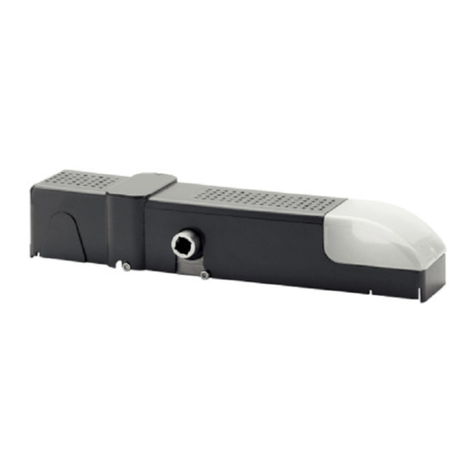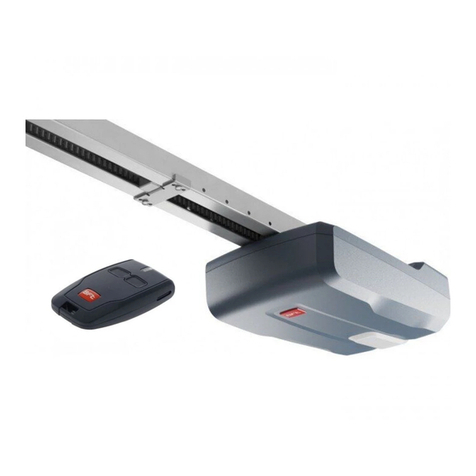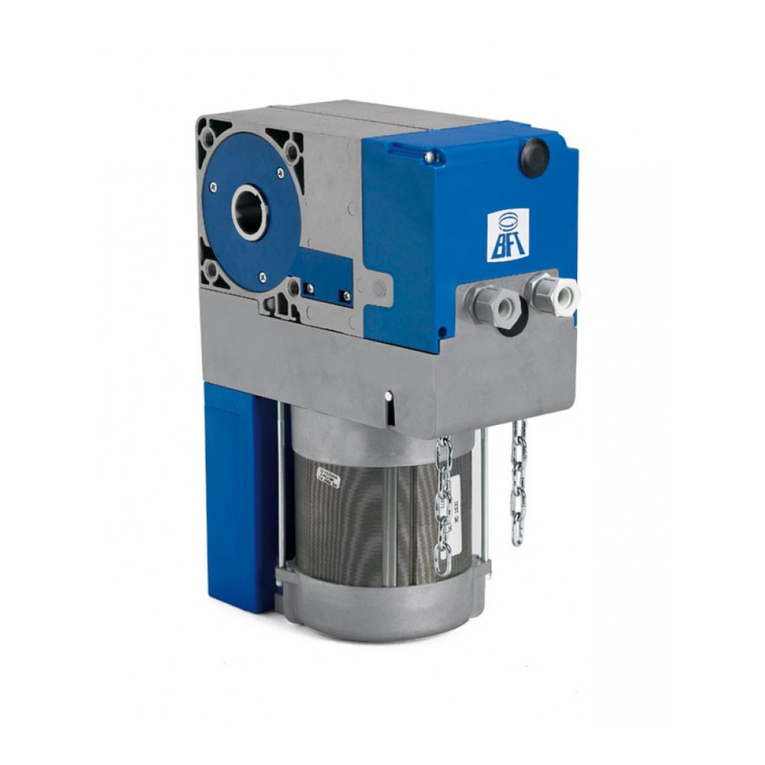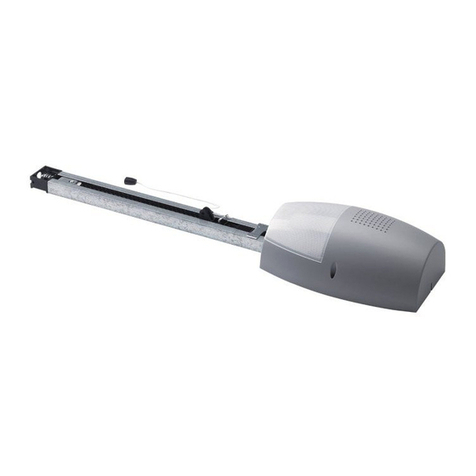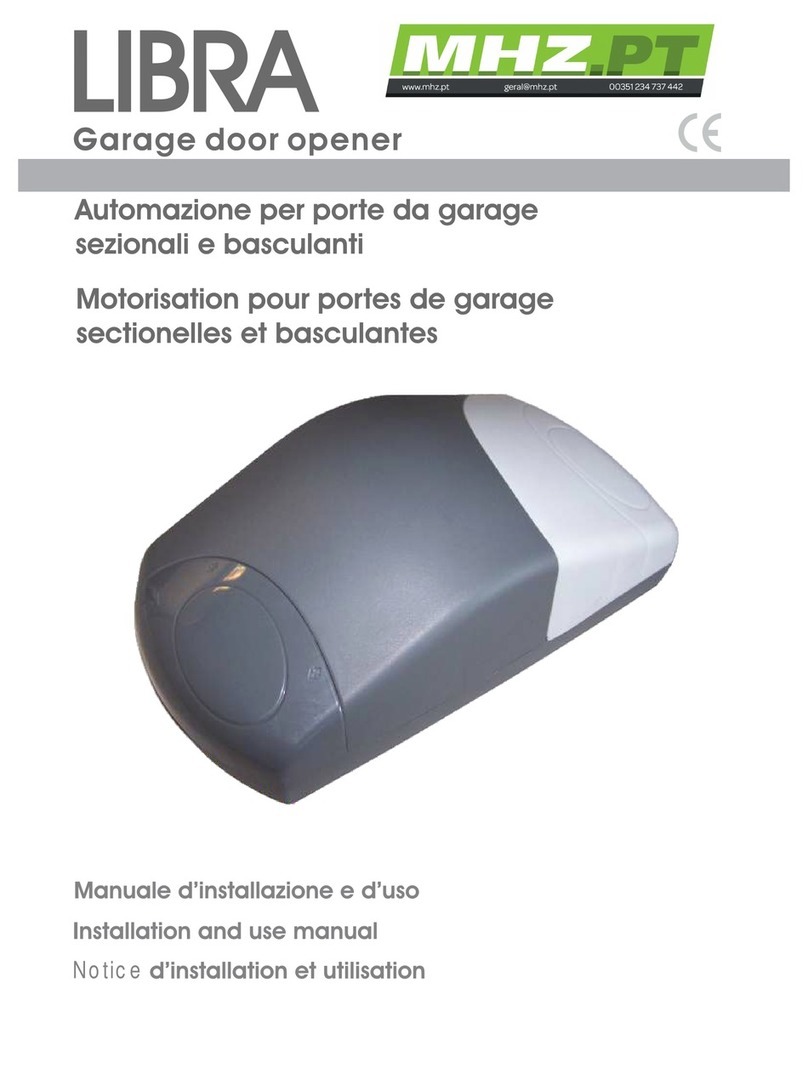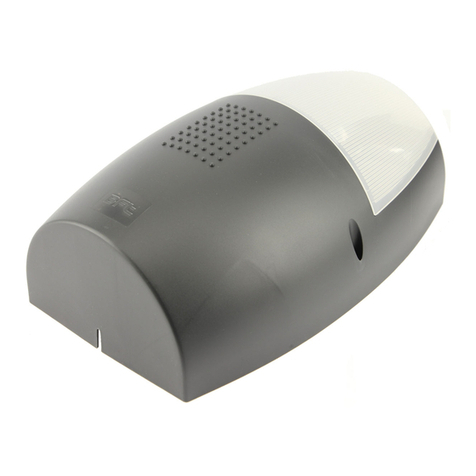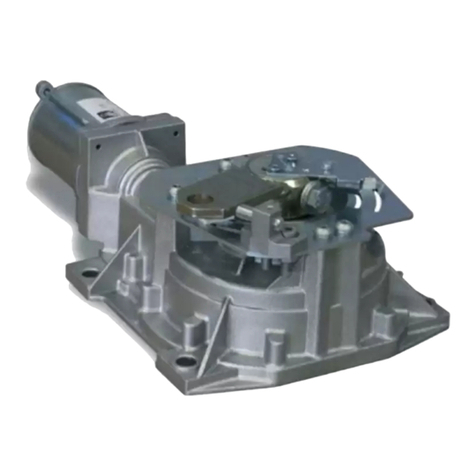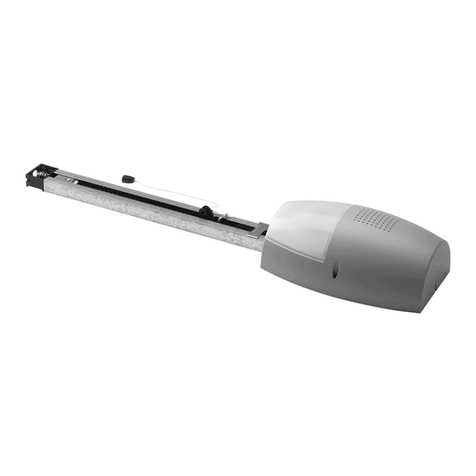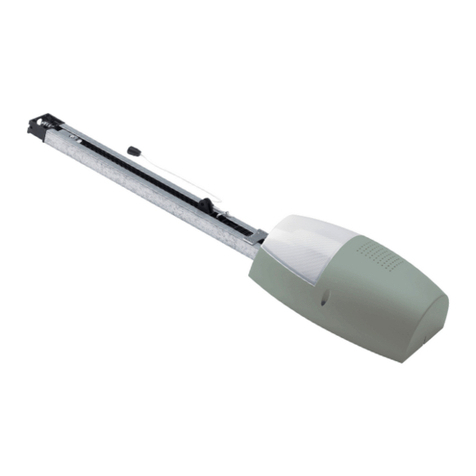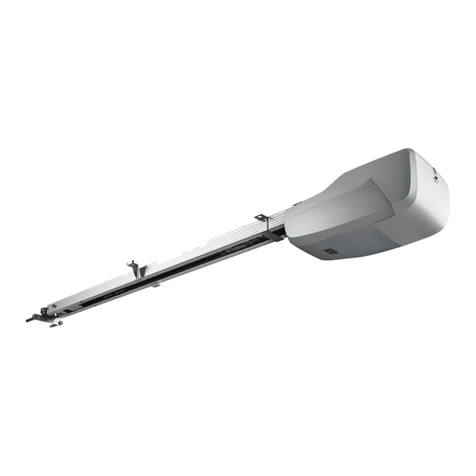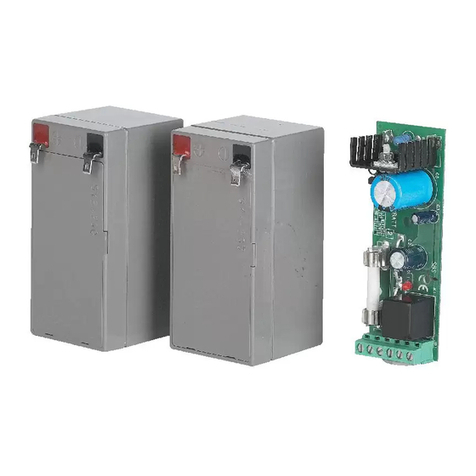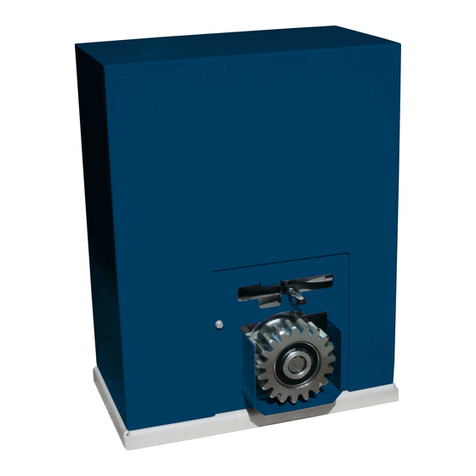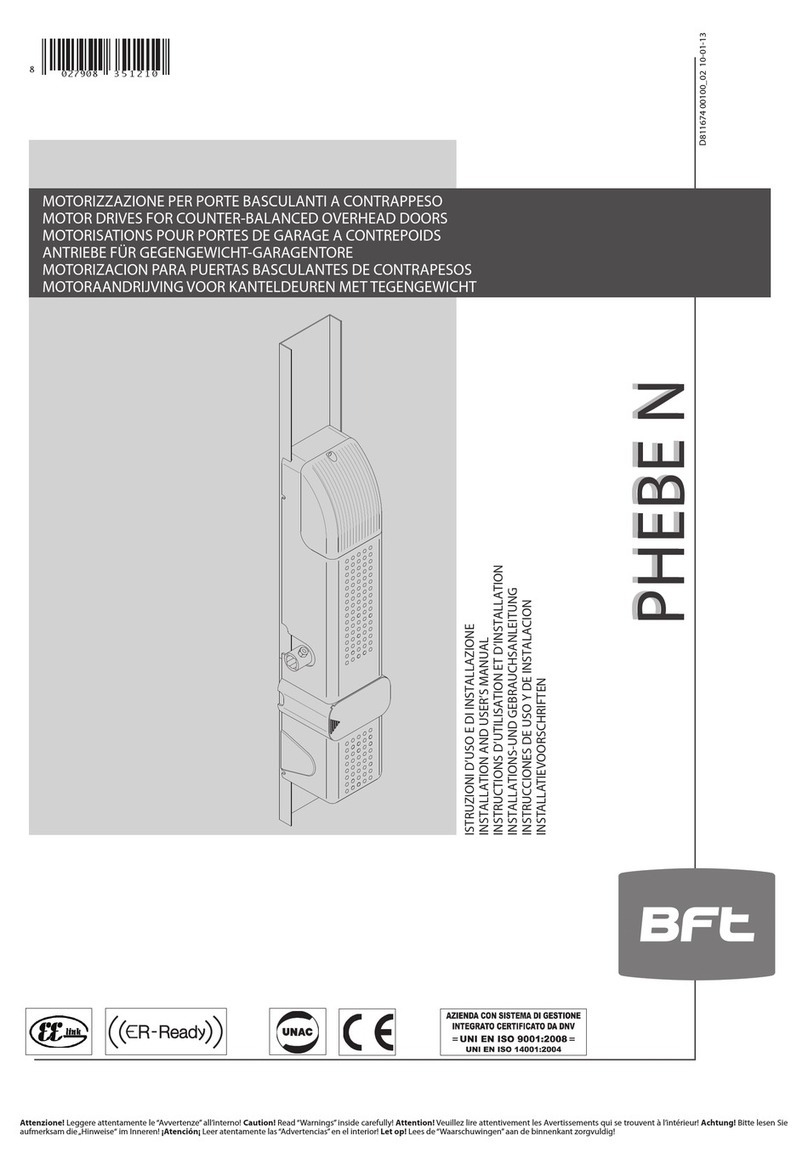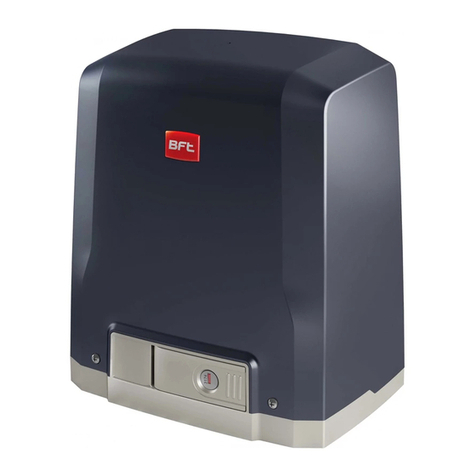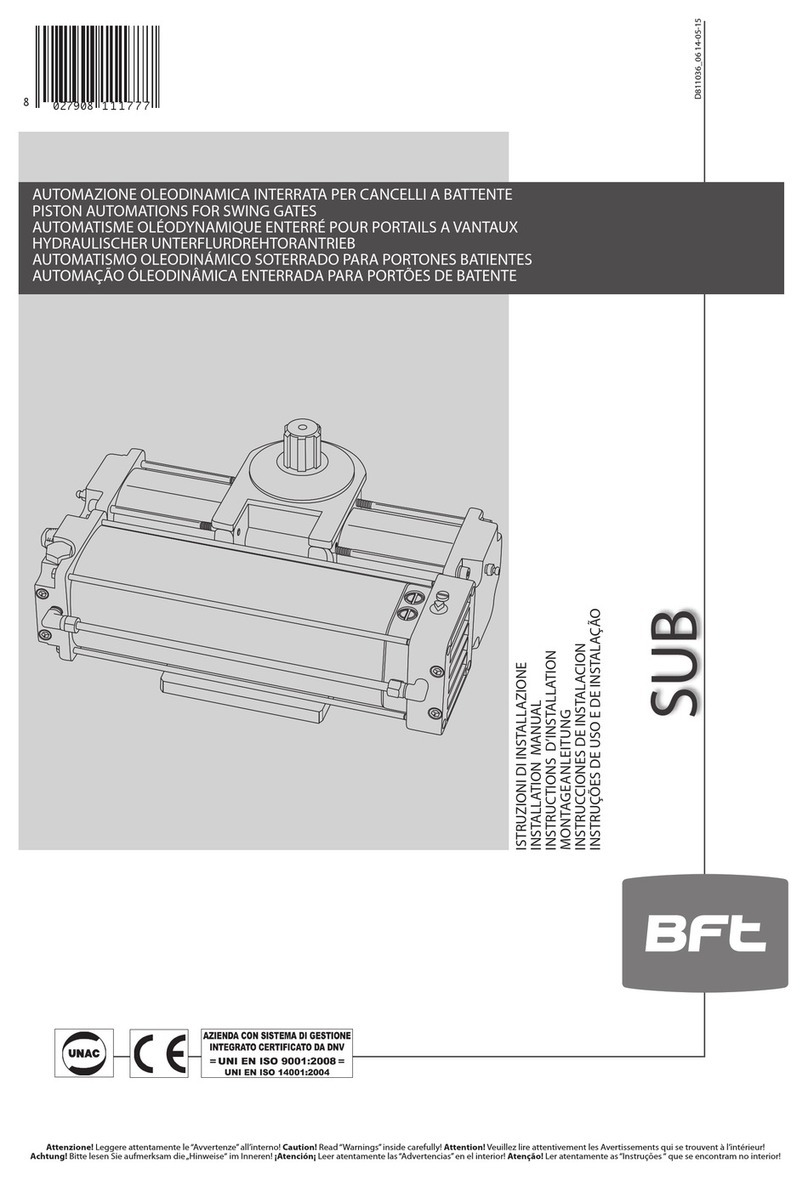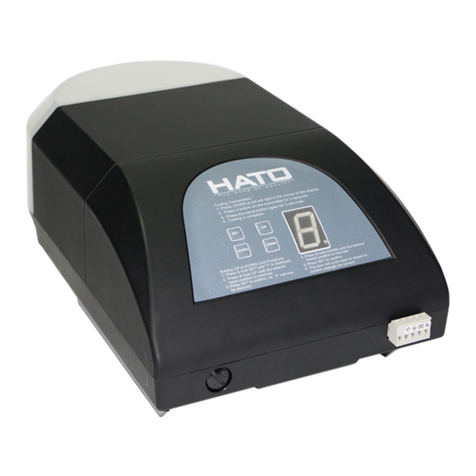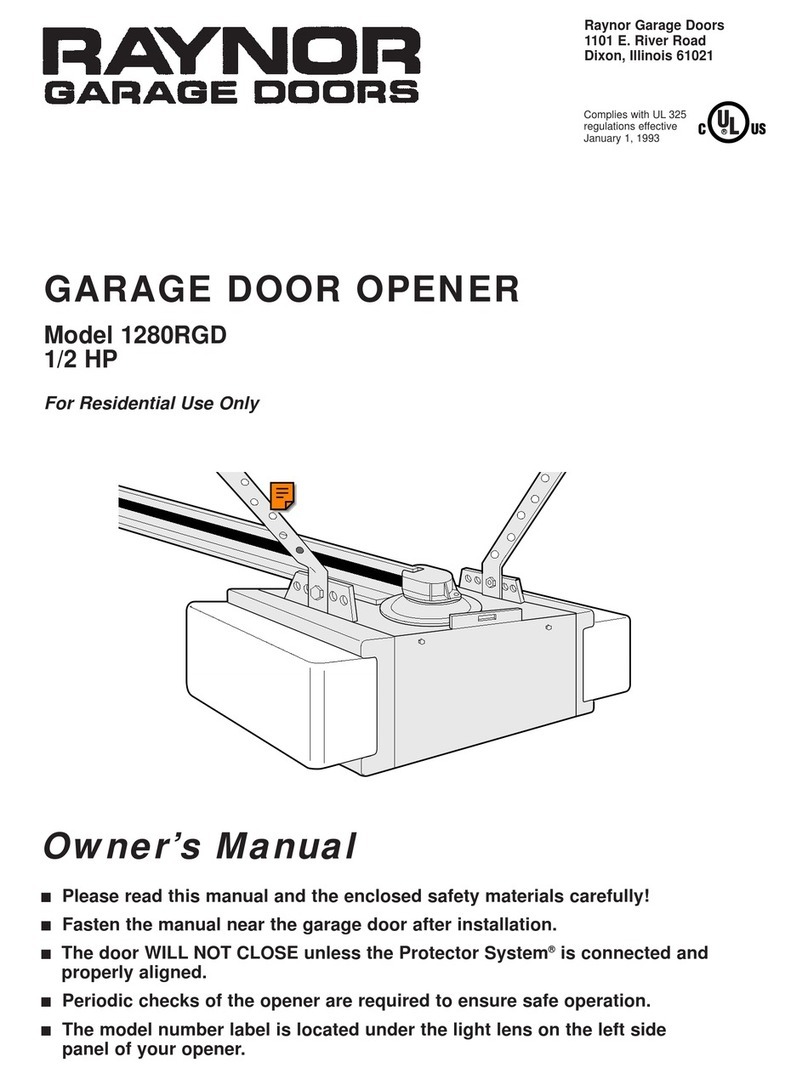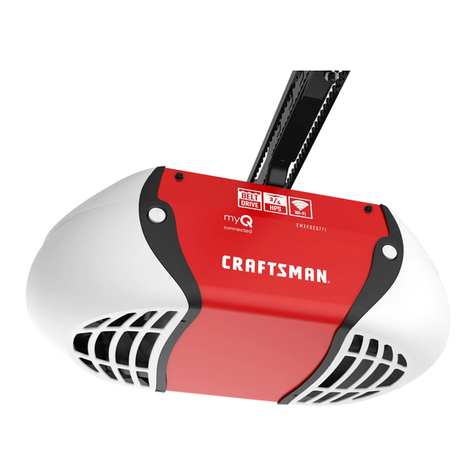MANUALE PER L’INSTALLAZIONE ITALIANO
Nel ringraziarVi per la preferenza accordata a questo prodotto, la ditta è certa
che da esso otterrete le prestazioni necessarie al Vostro uso.Leggete atten-
tamente l’opuscolo “Avvertenze” ed il “Libretto istruzioni” che accompagnano
questo prodotto in quanto forniscono importanti indicazioni riguardanti la
sicurezza, l’installazione, l’uso e la manutenzione. Questo prodotto risponde
allenorme riconosciutedella tecnica e della disposizioni relativeallasicurezza.
Confermiamo che è conforme alle seguenti direttive europee: 89/336/CEE,
73/23/CEE, 98/37/CEE, 99/05/CEE (e loro modifiche successive).
1) SICUREZZA GENERALE
ATTENZIONE! Una installazione errata o un uso improprio del prodot-
to, può creare danni a persone, animali o cose.
• Leggete attentamente l’opuscolo ”Avvertenze” ed il ”Libretto istruzioni” che
accompagnanoquesto prodotto,inquantofornisconoImportantiindicazioni
riguardanti la sicurezza, l’installazione, l’uso e la manutenzione.
• Smaltire i materiali di imballo (plastica, cartone, polistirolo, ecc.) secondo
quantoprevisto dalle normevigenti.Non lasciarebustedi nylonepolistirolo
a portata dei bambini.
• Conservare le istruzioni per allegarle al fascicolo tecnico e per consul-
tazioni future.
• Questo prodotto è stato progettato e costruito esclusivamente per l’utilizzo
indicato in questa documentazione. Usi non indicati in questa documen-
tazione potrebbero essere fonte di danni al prodotto e fonte di pericolo.
• La Ditta declina qualsiasi responsabilità derivante dall’uso improprio o
diverso da quello per cui è destinato ed indicato nella presente documen-
tazione.
• Non installare il prodotto in atmosfera esplosiva.
• Gli elementi costruttivi della macchina devono essere in accordo con le
seguenti Direttive Europee: 89/336/CEE, 73/23/CEE, 98/37/CEE e loro
modiche successive. Per tutti i Paesi extra CEE, oltre alle norme nazionali
vigenti, per un buon livello di sicurezza è opportuno rispettare anche le
norme sopra citate.
• La Ditta declina qualsiasi responsabilità dall’inosservanza della Buona
Tecnica nella costruzione delle chiusure (porte, cancelli, ecc.), nonché
dalle deformazioni che potrebbero verificarsi durante l’uso.
•
L’installazione deve essere in accordo con quanto previsto dalle Direttive Eu-
ropee: 89/336/CEE, 73/23/CEE, 98/37/CEE e loro modifiche successive.
• Togliere l’alimentazione elettrica, prima di qualsiasi intervento sull’impianto.
Scollegare anche eventuali batterie tampone se presenti.
• Prevedere sulla rete di alimentazione dell’automazione, un interruttore o
un magnetotermico onnipolare con distanza di apertura dei contatti uguale
o superiore a 3,5 mm.
• Vericare che a monte della rete di alimentazione, vi sia un interruttore
differenziale con soglia da 0.03A.
• Vericare se l’impianto di terra è realizzato correttamente: collegare tutte
le parti metalliche della chiusura (porte, cancelli, ecc.) e tutti i componenti
dell’impianto provvisti di morsetto di terra.
• Applicare tutti i dispositivi di sicurezza (fotocellule, coste sensibili, ecc.)
necessari a proteggere l’area da pericoli di schiacciamento, convoglia-
mento, cesoiamento.
• Applicare almeno un dispositivo di segnalazione luminosa (lampeggiante)
in posizione visibile, ssare alla struttura un cartello di Attenzione.
• La Ditta declina ogni responsabilità ai ni della sicurezza e del buon fun-
zionamento dell’automazione se vengono impiegati componenti di altri
produttori.
• Usare esclusivamente parti originali per qualsiasi manutenzione o ripa-
razione.
• Non eseguire alcuna modica ai componenti dell’automazione se non
espressamente autorizzata dalla Ditta.
• Istruire l’utilizzatore dell’impianto per quanto riguarda i sistemi di coman-
do applicati e l’esecuzione dell’apertura manuale in caso di emergenza.
• Non permettere a persone e bambini di sostare nell’area d’azione dell’au-
tomazione.
• Non lasciare radiocomandi o altri dispositivi di comando alla portata dei
bambini onde evitare azionamenti involontari dell’automazione.
• L’utilizzatore deve evitare qualsiasi tentativo di intervento o riparazione
dell’automazione e rivolgersi solo a personale qualificato.
• Tutto quello che non è espressamente previsto in queste istruzioni, non
è permesso.
• L’installazione deve essere fatta utilizzando dispositivi di sicurezza e
comandi conformi alla EN 12978.
• Installare qualsiasi comando sso in vista della porta ma lontano da parti
mobili e ad un’altezza superiore a 1,5 m.
• Aggiungere un’etichetta che indichi le seguenti frasi:
“Tenere i bambini lontano dalla porta in movimento”.
“ATTENZIONE: rischio di schiacciamento. Controllare regolarmente che la
porta inverta il movimento quando urta un ostacolo alto 50 mm dal suolo
e, se necessario, effettuare il corretto settaggio.
2) GENERALITÀ
Il sistema BOTTICELLI è adatto a motorizzare porte sezionali (fig.3), porte
basculanti debordanti a molle a totale rientranza (fig.2) e porte basculanti a
contrappesi mediante un apposito braccio di traino (fig.4).L’altezza massima
della porta basculante non deve superare i 3 metri. L’installazione di facile
esecuzione, permette un rapido montaggio senza alcuna modifica alla porta.
Il blocco in chiusura è mantenuto dal motoriduttore irreversibile.
3) DATI TECNICI
3.1) Attuatore
Alimentazione:....................................230V~ ±10%, 50/60Hz Monofase (*)
Tensione motore:..............................................................................24V
Potenza max. assorbita dalla rete:......................................................236W
Lubricazione:..............................................................Grasso permanente
Forza trazione e spinta:........................................................................600N
Corsa utile:.............................BINARIO L.=2900 corsa utile=2400 mm (**).
..............................................BINARIO L.=3500 corsa utile=3000 mm (***).
Velocità media:................................................................................5 m/min
Reazione all’urto:...........Limitatore di coppia integrato su quadro comando
Manovre in 24 ore:....................................................................................20
Finecorsa:............................................................Elettronico ad ENCODER
Luce cortesia:..............................................Lampada 24V~ 25W max, E14
Temperatura di funzionamento:..............................................-15°C / +60°C
Grado di protezione:.............................................................................IPX0
Peso testa motore:.................................................................................5 kg
Rumorosità:...................................................................................<70dB(A)
Dimensioni:....................................................................................Vedi fig.1
(*) Disponibile in tutte le tensioni di rete.
(**)Ruotando la testa del motore di 90°(Fig.11), la corsa utile diventerà 2580 mm.
(***)Ruotando la testa del motore di 90°(Fig.11), la corsa utile diventerà
3180 mm.
4) INSTALLAZIONE DELL’ATTUATORE
4.1) Verifiche preliminari:
• Controllare il bilanciamento della porta.
• Controllare lo scorrimento della porta per tutta la corsa.
• Se la porta non è di nuova installazione, controllare lo stato di usura di
tutti i componenti.
• Sistemare o sostituire le parti difettose o usurate.
• L’afdabilità e la sicurezza dell’automazione è direttamente inuenzata
dallo stato della struttura della porta.
• Prima di installare il motore, togliere eventuali funi o catene superue e
disabilitare qualsiasi apparecchiatura non necessaria.
4.2) Montaggio
Tolto l’imballo ricordiamo di smaltire tutti i componenti dell’imballo, sepa-
rando i diversi tipi di materiale (cartone, polistirolo, pvc ecc.) secondo quan-
to previsto dalle norme vigenti.
1) Togliere dalla cremonese della porta il catenaccio di blocco esistente.
2) Afnchè il binario venga ssato correttamente, segnare la mezzeria
della porta, posizionare il BIN a soffitto e segnare i fori (Fig.6).
3) Forare il soffitto con una punta D.10 rispettando i riferimenti preceden-
temente segnati e inserire i tasselli fischer.
4) Bloccare il binario alla base fig.7 (rif.1-2) e fig.8 (rif.3-4-5).
5) Con l’aiuto di un appoggio adeguato, alzare l’intero motore, avvitare le
viti alla staffa porta binario senza ssarle al telaio della porta (Fig.9A)
o, se l’altezza lo consente, montare la staffa fissandola all’architrave in
muratura con tasselli (Fig.9B).
6) Alzare la testa motorizzata no ad appoggiare il tutto al softto e in-
serirvi le viti di fissaggio che bloccano il binario (comprese le viti della
staffa di ancoraggio).
7) Nel caso in cui il fissaggio della testa motore e del binario non fossero
fissati direttamente al soffitto vedere Fig.10 (bisogna sempre controllare
la planarità del binario e la sua perpendicolarità).
8) Nel caso in cui il binario fosse girato di 90° rispetto alla testa motore,
usare la dima di riferimento di Fig. 11A per tagliare il carter seguendo le
misure indicate. Per il fissaggio a soffitto del BIN vedere Fig.6 e nel caso
in cui il binario non fosse fissato direttamente al soffitto, vedere Fig.12.
9)
Nel caso in cui il binario fosse in due metà vedere Fig.13, per i vari tipi
di fissaggi vedere figure precedenti.
10) Sbloccare il carrello e fissare le staffe di ancoraggio al telo della porta
(Fig.14). La distanza fra binario e sezionale può andare da 108 a 166
mm. Se è più grande è necessario utilizzare le staffe e abbassare il
motore, se è più piccola è necessario accorciare il piatto di trascina-
mento.
11) Applicare gli adesivi forniti in prossimità dei punti pericolosi Fig.5.
